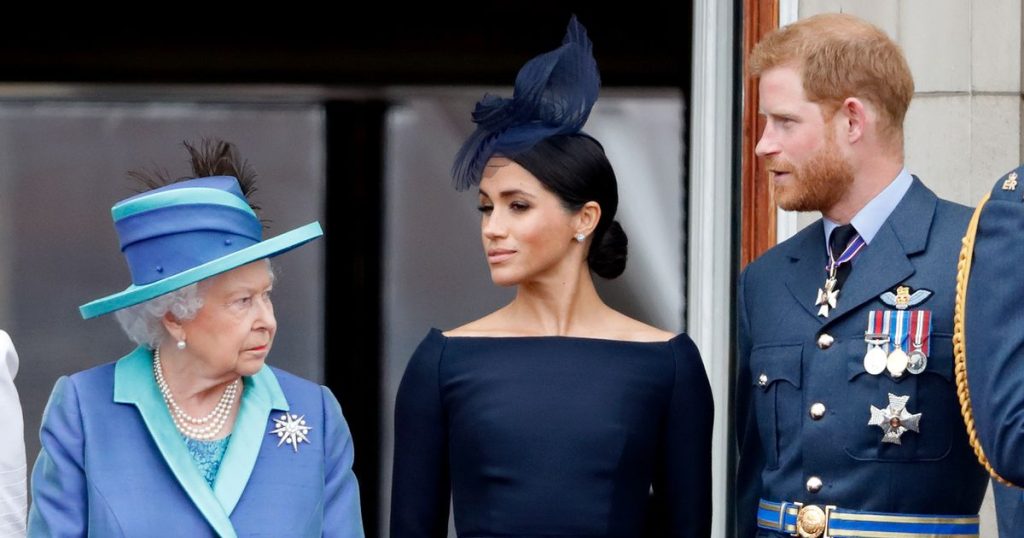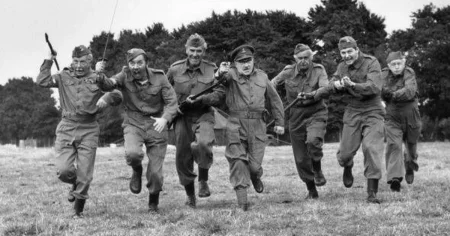Prince Harry repeatedly requested a professional photo of his daughter, Lilibet, with his grandmother, the late Queen, during their visit to the UK for the Platinum Jubilee celebrations, which she denied. Despite the Queen’s close relationship with Prince Harry, she declined his request to have official photographs taken with his children Archie and Lilibet. Harry and Meghan Markle had brought their children to the UK to meet their great-grandmother, but the Queen did not grant the photo opportunity. This wish remained unfulfilled as the Queen passed away three months after their visit.
The late Queen’s nickname, Lilibet, was used by Harry and Meghan for their daughter, and they claimed they received the Queen’s blessing for the name. However, according to royal expert Camilla Tominey, the Queen was not as supportive as portrayed. Reports suggested that the Queen was actually angry over claims that she had approved the name choice. The couple faced backlash and even threats of legal action against those who suggested otherwise. The attempt to involve Buckingham Palace aides in their version of events was reportedly rebuffed, and the situation led to strained relations between the Sussexes and the Palace.
Apart from the naming controversy, the late Queen had a specific drink she enjoyed every night before bed. It was revealed that she had a nightly drink that could be considered quite regal, with some hinting that it had boozy elements. Other insights into the Queen’s lifestyle habits included her favorite £10 takeaway that she would send a footman down the road to pick up. These details offer a glimpse into the personal preferences and routines of the late monarch, showcasing a more relatable side to her royal life.
The naming dispute and the denied photo opportunity shed light on the complex dynamics within the royal family, especially after Prince Harry and Meghan Markle’s departure from their official roles. The tension and disagreements over personal matters and decisions reflect the challenges faced by individuals navigating their identities and relationships within a highly scrutinized and tradition-bound institution. The requests and denials highlight the struggles of balancing family bonds and personal desires with public expectations and royal protocols.
While the details of these disputes and interactions may seem trivial in the broader context of global events and issues, they offer a fascinating insight into the personal lives and relationships of the royal family members. The behind-the-scenes glimpses into their interactions and conflicts humanize these public figures, showing that they too face everyday challenges and conflicts within their family dynamics. The requests for photos and naming controversies may seem insignificant, but they reveal the complexities and tensions that exist within the royal family, reflecting the struggles of balancing personal desires with public expectations. These stories add layers to the public perception of the royals, showcasing a more relatable and human side to these iconic figures.















